(1)Dodo (Raphus cucullatus): The dodo was a flightless bird native to the island of Mauritius. It became extinct in the 17th century due to hunting and habitat loss.
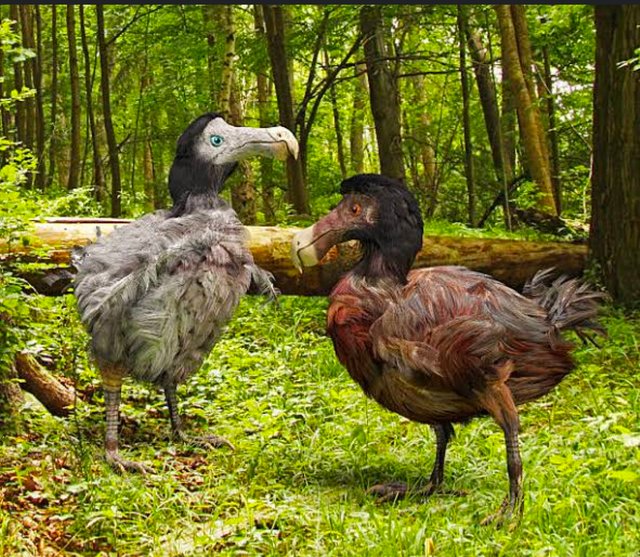
(2)Tasmanian Tiger (Thylacinus cynocephalus): Also known as the thylacine, this carnivorous marsupial was native to Tasmania. It went extinct in the early 20th century due to hunting, disease, and habitat degradation.
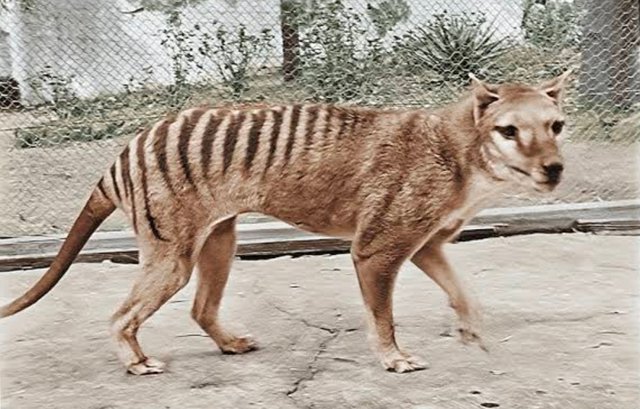
(3)Woolly Mammoth (Mammuthus primigenius): The woolly mammoth was a large, hairy elephant species that roamed the northern regions of North America, Europe, and Asia during the last ice age. Climate change and overhunting by humans led to their extinction.
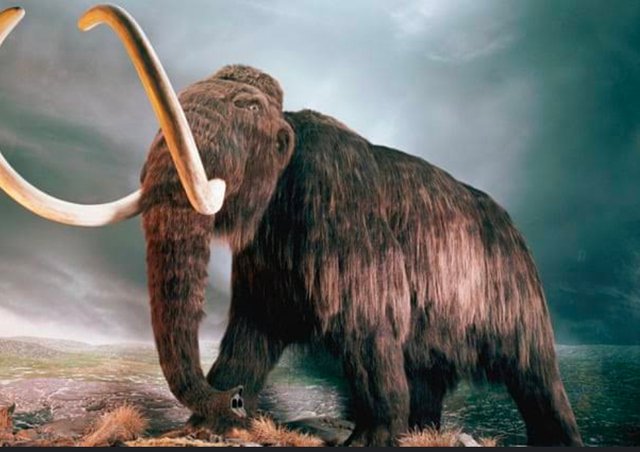
(4)Quagga (Equus quagga quagga): The quagga was a subspecies of plains zebra native to South Africa. It had a unique coat pattern and was hunted to extinction for its meat and hide in the late 19th century.
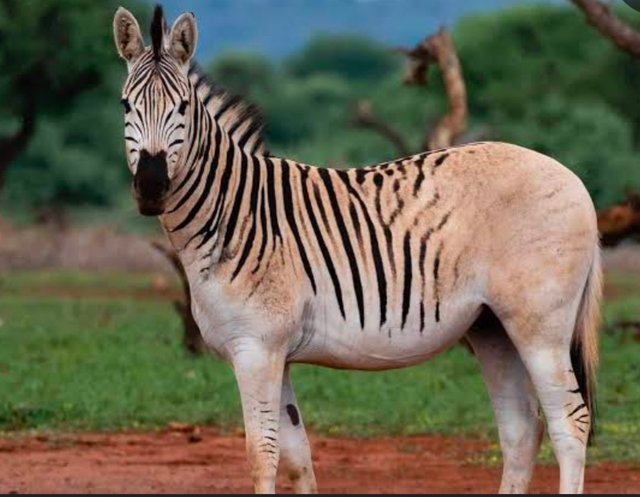
(5)Passenger Pigeon (Ectopistes migratorius): The passenger pigeon was once one of the most abundant bird species in North America. Overhunting and habitat destruction caused its population to decline rapidly, leading to its extinction in the early 20th century.
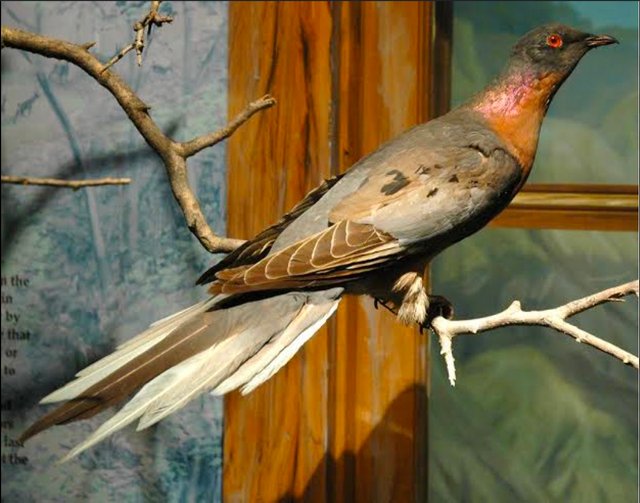
(6)Great Auk (Pinguinus impennis): The great auk was a flightless bird found in the North Atlantic. It was heavily hunted for its feathers, meat, and eggs, leading to its extinction in the mid-19th century.
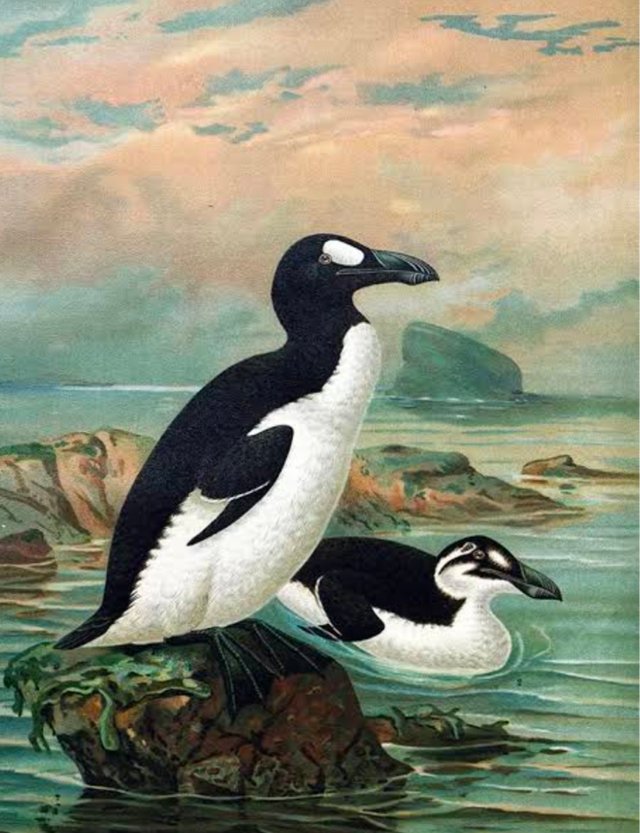
(7)Saber-toothed Tiger (Smilodon): The saber-toothed tiger was a large predatory mammal with long, curved canine teeth. It became extinct around 10,000 years ago, likely due to a combination of climate change and competition with other species.
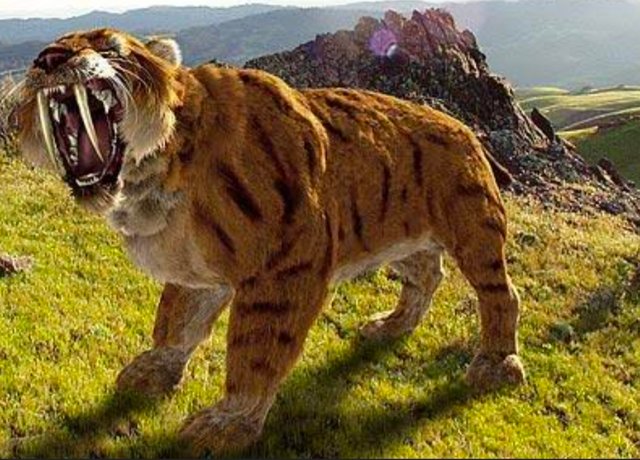
(8)Megalodon (Carcharocles megalodon): The megalodon was a massive prehistoric shark that lived millions of years ago. It is considered one of the largest and most powerful predators in history. The exact cause of its extinction is still debated, but it is believed to be a combination of factors such as climate change and competition with other species.
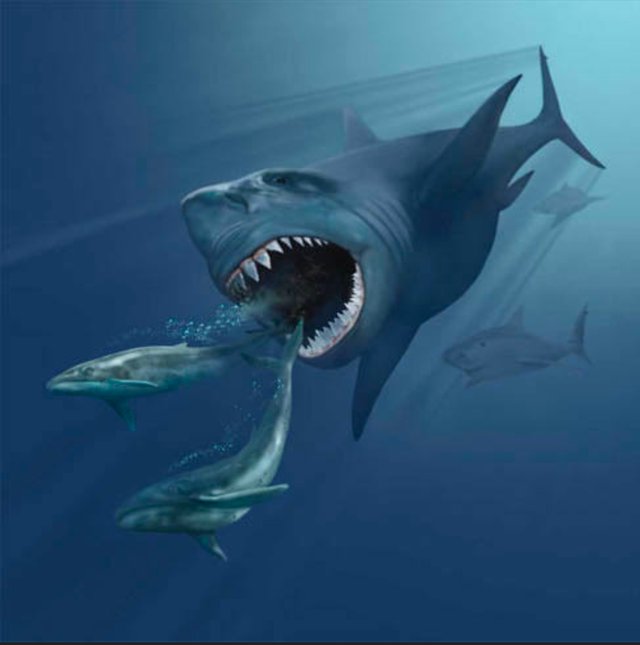
(9)Steller's Sea Cow (Hydrodamalis gigas): Steller's sea cow was a large marine mammal that inhabited the waters around the Commander Islands in the Bering Sea. It was discovered by Europeans in the 18th century and was quickly hunted to extinction for its meat and hide.
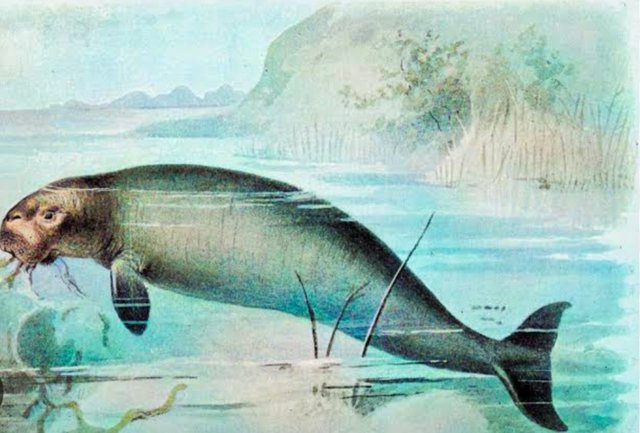
(10)Irish Elk (Megaloceros giganteus): The Irish elk, also known as the giant deer, was a species of large deer that lived during the Pleistocene epoch. Despite its name, it was not exclusive to Ireland. It became extinct around 7,700 years ago, possibly due to a combination of climate change and overhunting.
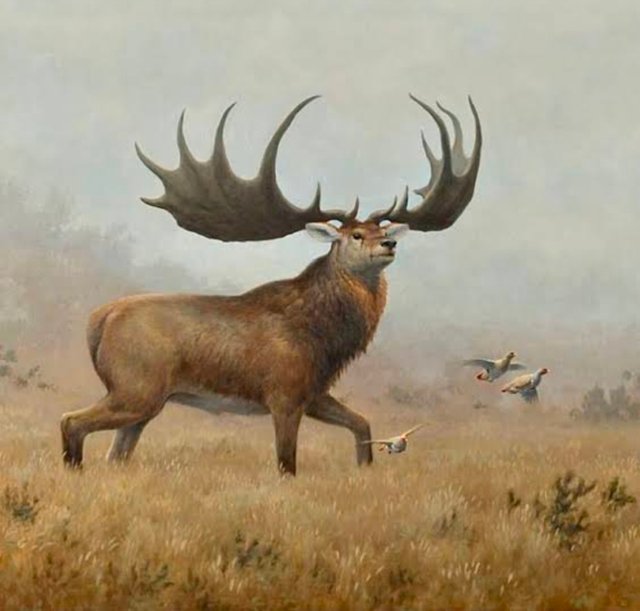
Greeting @raftaar765185
Welcome to the Steemit platform, we are pleased that you have decided to join to share original and quality content related to the world of art.
I invite you to comply with the achievement program provided by the Newcomers community, start with achievement 1
For your submission to be valid, you must address "at least" the following questions.
You can check the following link for Steemit's content policies,
https://steemit.com/faq.html#What_is_considered_spam_or_abuse
I wish you success
Downvoting a post can decrease pending rewards and make it less visible. Common reasons:
Submit
The images used in your post have been taken from an external source, unless you check it.
Visit the following publication if you want to know what Plagiarism of information is considered, spam and Copyright infringement. Abuse Watcher
@xpilar @adeljose
Downvoting a post can decrease pending rewards and make it less visible. Common reasons:
Submit